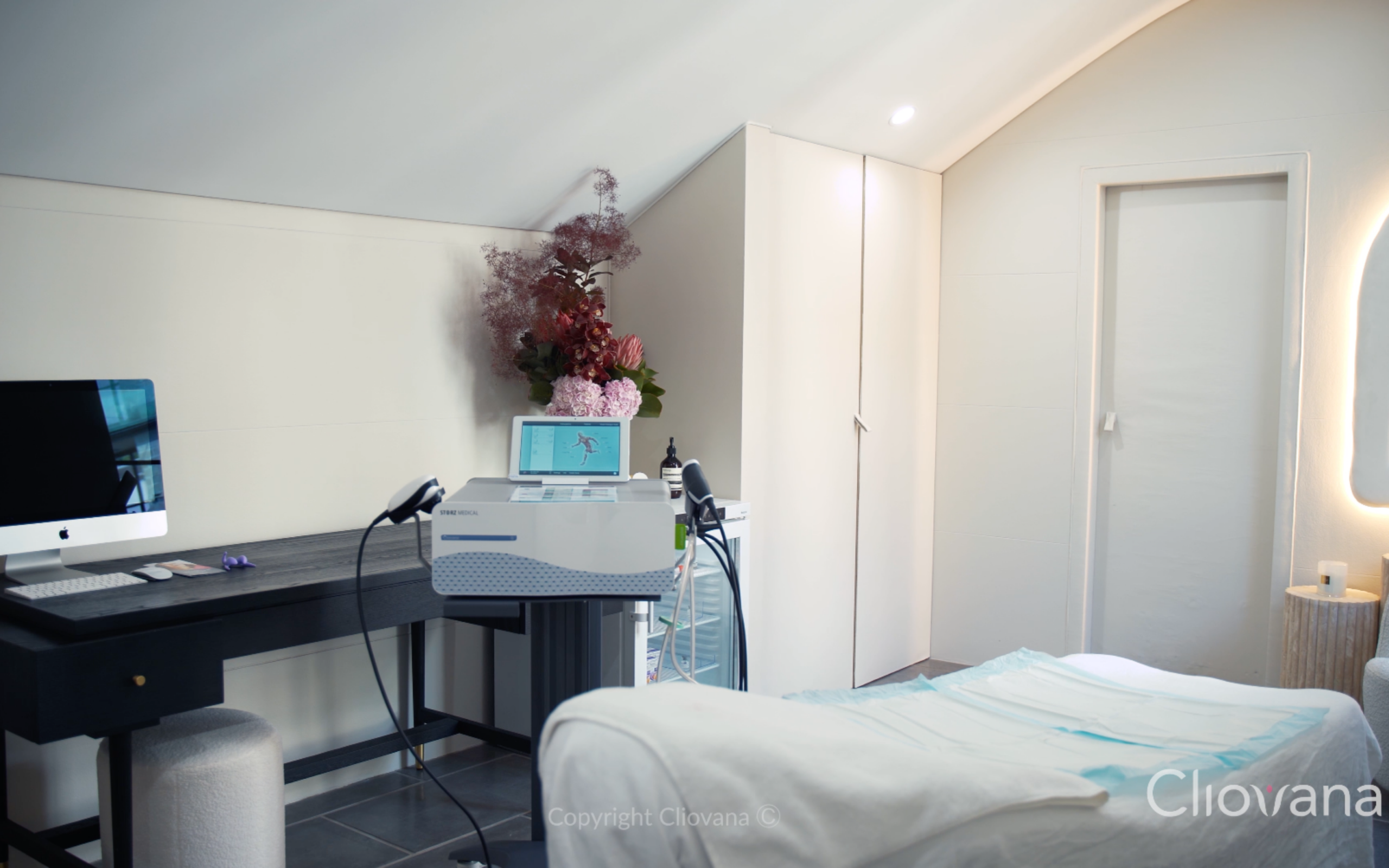
In a world where conversations about health and wellness are becoming increasingly open, female sexual wellness remains a topic shrouded in mystery and often, unfortunately, in shame.
Despite the progress in other areas of women’s rights and health, discussions around women’s pleasure are still treated as taboo. This is evident not just in everyday society but also in the realm of social media, where the dialogue about female sexual wellness is stunted and often censored.
The Persistent Stigma Surrounding Female Pleasure
Why is it that in 2024, women’s pleasure is still treated as secondary, even in societies that pride themselves on equality and progress?
The root of this issue lies deep within societal norms and historical biases that have long marginalised women’s experiences. For centuries, male pleasure has been glorified and centred, while female pleasure has been sidelined, often seen as less important or even inappropriate to discuss.
This disparity is glaringly obvious when we examine the products and conversations that dominate the sexual wellness industry. The majority of sex toys have been phallus-shaped, designed with male pleasure in mind, while women’s needs and desires have often been an afterthought. It’s only in recent years that the narrative has begun to shift, with the introduction of products like the Lalalena, a clitoral-shaped vibrator designed specifically for women, focusing on the entire clitoral complex.
But despite these advancements, the conversation around female pleasure remains stifled. Social media platforms, which should be spaces for open discussion and education, often fall short. Posts that touch on female sexual wellness are frequently censored or flagged, contributing to the ongoing stigma and misinformation surrounding this vital aspect of women’s health.
Key Points:
- Female Pleasure Is Equally Important: Women’s sexual pleasure is just as important as men’s, yet it has been historically marginalised and stigmatised.
- Social Media Censorship: Platforms like Instagram and Facebook often censor content related to female sexual wellness, perpetuating the taboo and limiting education on the topic.
- Tools to Enhance Pleasure: There are a variety of products, such as clitoral vibrators, that cater specifically to female pleasure, helping women explore and embrace their sexual wellness.
- Medical Solutions Are Available: For women experiencing difficulty in achieving pleasure due to anatomical reasons, treatments like Cliovana can significantly enhance clitoral responsiveness and overall sexual satisfaction.
- Cultural Shift Needed: Society must shift its perspective to openly celebrate female pleasure, normalising conversations and reducing shame.
The Role of Social Media in Perpetuating the Taboo
Social media has the power to shape societal norms and conversations, yet when it comes to female sexual wellness, it seems to be lagging far behind. Platforms like Instagram and Facebook enforce stringent guidelines that often disproportionately affect content related to women’s health and pleasure. Accounts that seek to educate and empower women by discussing topics like orgasms, sexual health, and intimate wellness are frequently shadow-banned, their reach diminished by algorithms that deem such content inappropriate.
This censorship is not just an inconvenience; it is a reflection of the broader societal discomfort with female pleasure. It perpetuates the idea that women’s sexual experiences are something to be hidden, not celebrated. As a result, women are left feeling ashamed or embarrassed about their desires and needs, which can have a significant impact on their overall well-being.

Explore our uniquely designed sex tools crafted for your ultimate satisfaction and sexual health
Why Shame When There Should Be Celebration?
The question we need to ask is, why is there shame when there should be celebration? Women’s pleasure is a natural, healthy part of life, and it should be treated as such. Yet, the stigma surrounding it remains pervasive, rooted in outdated beliefs that prioritise male pleasure and overlook the importance of female sexual health.
It’s time for a shift in perspective. Society needs to recognise that female pleasure is just as important as male pleasure, and it deserves the same level of attention, respect, and celebration. We must challenge the norms that have kept women silent about their sexual experiences and create a culture where open, honest conversations about female wellness are not just accepted but encouraged.
Truths
- Female Sexual Wellness Is Vital: Sexual wellness is a critical aspect of overall health for women, impacting both mental and physical well-being.Stigma Still Exists: Despite progress in other areas, discussing female pleasure remains taboo, often leading to shame and embarrassment.
- Products Designed for Women: There are now products specifically designed for women’s unique needs, such as the Lalalena, which focus on the entire clitoral complex for enhanced pleasure.
- Anatomical Challenges Can Be Addressed: Treatments like Cliovana offer real solutions for women who struggle with pleasure due to anatomical factors.
- Widespread Misconceptions: Many women feel pressured to fake orgasms due to societal expectations, underscoring the need for more open conversations about sexual satisfaction.
Myths
- Female Pleasure Is Less Important: The idea that women’s pleasure is secondary to men’s is outdated and harmful, perpetuating inequality.
- Talking About Female Pleasure Is Inappropriate: Open discussions about female sexual wellness are crucial for breaking down taboos and fostering a healthier society.
- Only Men Should Use Sex Toys: Women’s pleasure should be prioritized, and there are numerous products designed to enhance their sexual experience, whether alone or with a partner.
- Anatomical Issues Can’t Be Treated: Many believe that difficulty in experiencing pleasure due to anatomical reasons is just something women have to live with, but treatments like Cliovana prove this is not true.
- Social Media Is a Free Space for All Discussions: While social media can be a powerful tool for conversation, it often falls short in allowing open discussions about female sexual wellness, leading to misinformation and continued stigma.
Normalising Female Pleasure and Tools to Enhance It
One of the key steps towards breaking this taboo is to emphasise the normality of prioritising female pleasure. There is a wide range of tools and accessories available that can help women explore the full spectrum of different pleasures, whether alone or with a partner. Products like the Lalalena are specifically designed to cater to the unique needs of women, offering a deeply satisfying experience that goes beyond traditional expectations.
These tools are not just about enhancing pleasure; they are about empowering women to take control of their sexual wellness. By normalising the use of such products, we can start to dismantle the shame and stigma that often surrounds female pleasure. It’s important for women to know that these resources are available and that using them is a positive, healthy way to explore their bodies.
.png)
Solutions for Those Facing Anatomical Challenges
For some women, experiencing pleasure can be difficult due to anatomical challenges. This is where medical advancements like the Cliovana treatment come into play. Cliovana is a non-invasive treatment that enhances clitoral responsiveness, helping women who struggle to experience pleasure on an anatomical level. This treatment is a game-changer for many, offering a solution that is both effective and empowering.
By providing options like Cliovana, we can offer women not just hope but a tangible way to improve their sexual wellness. This is an essential part of the broader movement to prioritise female pleasure and ensure that all women have the tools and resources they need to enjoy a fulfilling sexual life.

Are there any treatments that can help maintain Clitoral Health?
Interested in enhancing or improving clitoral health?
The Numbers Speak: The Reality of Women’s Experiences
To illustrate the impact of this ongoing taboo, consider the startling statistics surrounding female sexual satisfaction. In Australia, a significant percentage of women admit to faking orgasms, a clear indicator of the pressure to conform to societal expectations and the lack of open conversation about real, fulfilling sexual experiences. This phenomenon is not just about sexual satisfaction; it’s a reflection of the broader issues of gender inequality and the suppression of women’s voices.
For more insights into this issue, you can read this detailed article about the percentage of women in Australia who fake orgasms and what it reveals about the societal pressures they face and why they fake orgasms.

Final Thoughts
Breaking the taboo on female wellness is not just about creating better products or services; it’s about changing the conversation entirely. We need to foster an environment where women feel empowered to talk openly about their sexual health and pleasure, free from shame or judgment. Social media platforms and society as a whole must evolve to support this movement, ensuring that women’s wellness is given the attention and respect it deserves. It’s time to celebrate women’s pleasure, not shroud it in secrecy. Only by doing so can we truly achieve equality and well-being for all.


